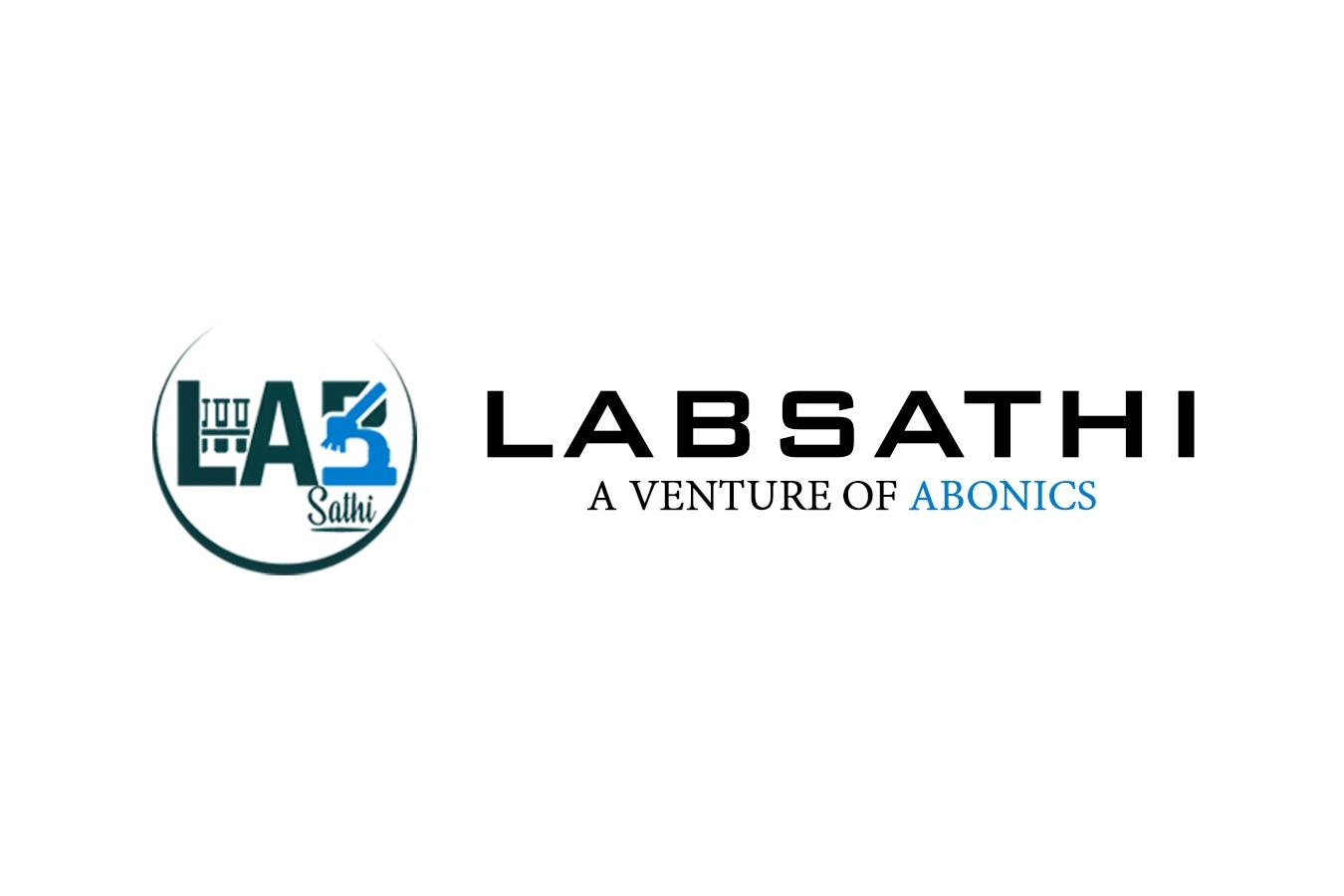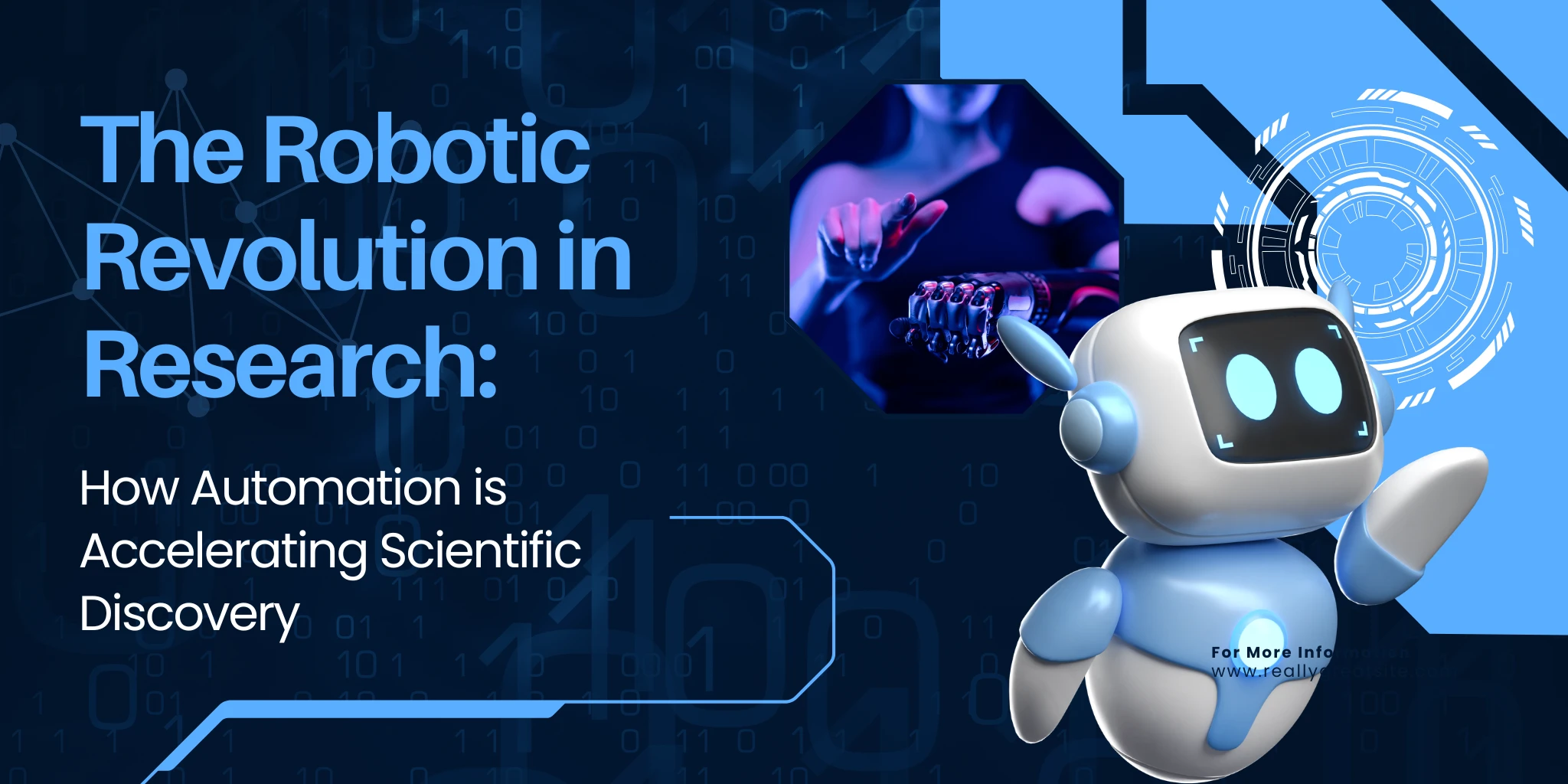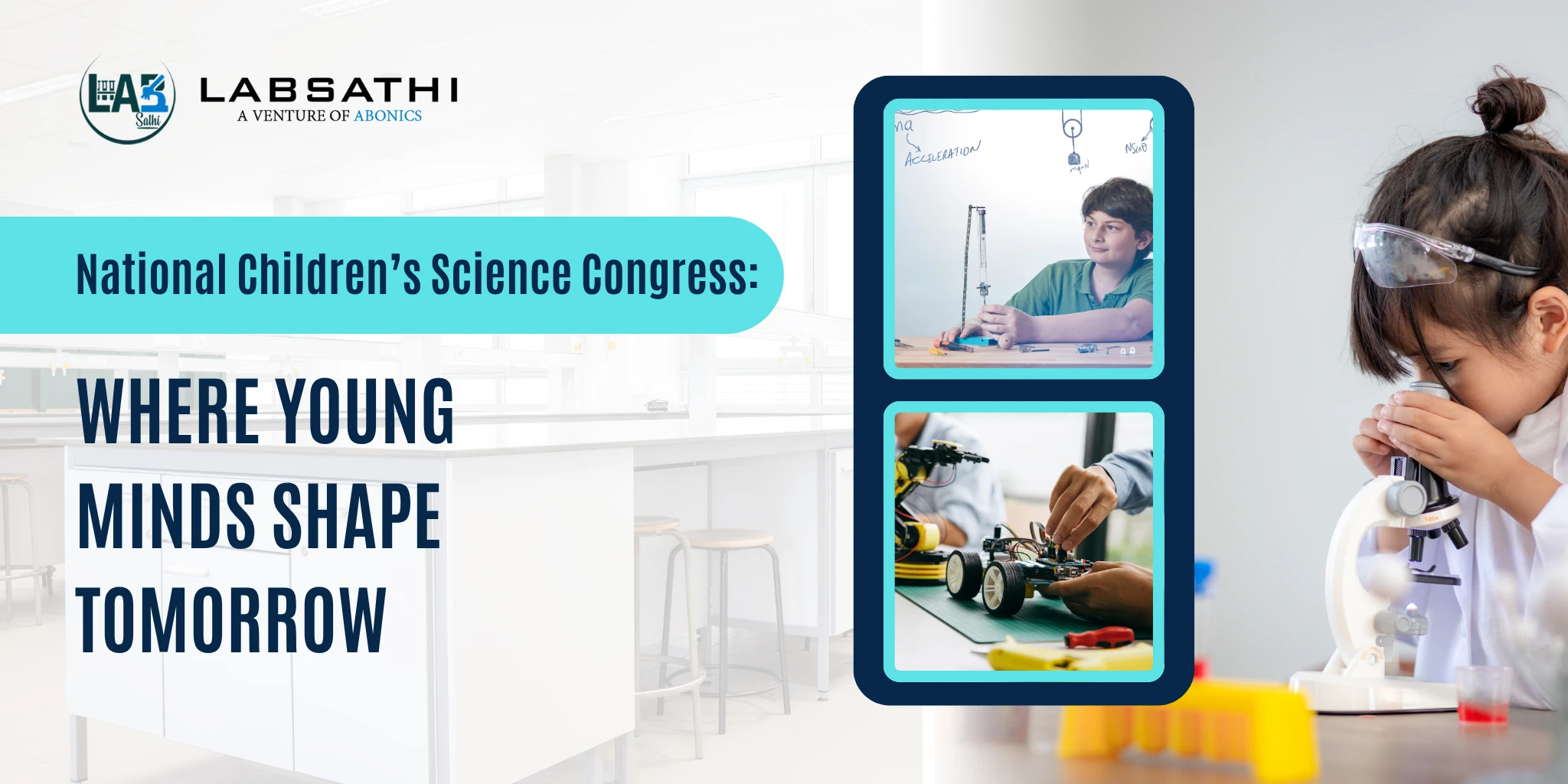





Robotics is advancing at an unprecedented pace, transforming the way we live, work, and discover new knowledge. From streamlining complex experiments in research labs to enabling life-saving innovations in healthcare, robotics is redefining efficiency and precision. Industries are adopting automated systems to boost productivity, while education is preparing future generations to harness these intelligent tools. In this blog, we’ll explore how robotics will shape the future of research in the coming years—unveiling its impact on scientific breakthroughs, collaboration, and innovation across multiple fields. Get ready to see how machines are becoming powerful partners in human progress.
Robots are taking over repetitive bench work—pipetting, plate handling, sample sorting, and automated analysis—so researchers can focus on design and interpretation. By standardizing routine tasks, robotics reduces human error and frees lab staff for creative problem-solving.
These systems also enable faster, more accurate data collection. High-throughput workflows and integrated sensors produce consistent, timestamped datasets that improve reproducibility and accelerate discovery. Results that once took days can be gathered and pre-processed in hours, giving teams quicker feedback loops.
Crucially, robotics is merging with AI to create predictive, closed-loop experiments. Machine learning models analyze incoming data in real time, suggest next-step conditions, and direct robotic platforms to test them—making experimental campaigns more efficient and hypothesis-driven. The result is smarter experimentation: fewer wasted runs, faster optimization, and a step-change in how science is done.
Surgical robots are pushing the limits of precision—enabling minimally invasive operations, steadier instrument control, and finer movements than the human hand. That precision feeds directly into precision medicine: robots assist in collecting and processing patient samples, guiding biopsies, and delivering personalized devices or implants that match an individual’s anatomy and treatment plan.
In drug discovery, robotic labs accelerate screening and optimization. Automated liquid handling, plate readers, and integrated microfluidic platforms run thousands of experiments reliably and at scale, shortening the path from target identification to lead candidates and reducing human error in repetitive assays.
Robotics has also become a frontline tool in pandemic response and testing. From high-throughput sample processing and automated PCR setups to contactless delivery, disinfection robots, and remote monitoring, robotic systems help scale testing, protect healthcare workers, and keep critical workflows running during surges—making public-health responses faster and safer.
Robots are uniquely capable of operating in extreme environments where humans face danger or physical limits. From submersible robots exploring the deep oceans to autonomous probes studying volcanic activity, these machines collect vital data without risking human lives. Their resilience allows scientists to access previously unreachable ecosystems and geological formations.
Autonomous drones are becoming indispensable tools for climate monitoring. They measure air quality, track wildlife populations, map deforestation, and capture atmospheric changes with high precision—offering real-time insights into global environmental shifts.
In outer space, robotic rovers are humanity’s pioneers. From Mars exploration to lunar surface mapping, these machines conduct soil analysis, capture high-resolution images, and even test resources for future human missions. Robotics in space research not only expands scientific understanding but also lays the foundation for interplanetary exploration.
Robotics is becoming a cornerstone of modern education, with schools introducing coding and hands-on robotics projects to spark curiosity and problem-solving skills. By engaging students with interactive robots, educators help them understand concepts in programming, engineering, and automation while making learning more practical and enjoyable.
Research institutions are also embracing robotic kits and modular platforms for experiments. These tools provide students and young researchers with opportunities to simulate real-world lab work, test hypotheses, and design prototypes—bridging the gap between theory and application.
Ultimately, robotics is preparing the next generation of scientists, engineers, and innovators. By fostering technical literacy and creativity early, robotics education equips learners with the confidence and skills needed to tackle future challenges in research, healthcare, industry, and beyond.
The convergence of robotics and AI is paving the way for “smart” laboratories—spaces where machines handle complex workflows, adapt to real-time data, and even design new experiments. These intelligent labs will combine automation, predictive modeling, and data-driven decision-making to dramatically accelerate scientific progress.
However, with these advances come important ethical challenges. Questions around job displacement, data ownership, and ensuring responsible use of robotic systems will shape how humans and robots collaborate. The focus will be on creating partnerships where machines handle precision and scale, while humans lead with creativity and critical judgment.
By 2030, robotics is expected to become standard in all major research labs worldwide. From routine sample handling to advanced AI-driven experimentation, robots will be essential teammates—ushering in a new era of faster, safer, and more reproducible science.
Robotics is rapidly transforming the landscape of modern research. From automating repetitive lab tasks to enabling precision in healthcare, accelerating drug discovery, monitoring climate change, and even exploring distant planets, robotics is proving to be an indispensable partner in science. In education and training, it is shaping the skills of future innovators, while the integration of AI promises the rise of truly “smart” laboratories.
At its core, robotics represents speed, precision, and innovation—qualities that will define the next generation of breakthroughs.
As laboratories evolve, investing in the right tools — from robotics to reliable labware — will empower every discovery. Explore our collection of lab products designed to support modern research at www.labsathi.com
Fast shipping all across the country
100% Authentic products
We ensure secure transactions
We ensure quality support

Login to your account. Do not have account? Sign up


